Amsterdam-based Unseen has gained plenty of acclaim as a platform for contemporary photography that provides opportunities for up-and-coming talent to showcase their work. It is also renowned for being the first place to hear about the newest movements in the photography world.
Emilia van Lynden, Unseen's artistic director, traveled to Japan to judge the 2018 edition of the New Cosmos of Photography. We spoke to her about her impressions after judging the contest and about the direction of photography in the digital age.
Although the New Cosmos of Photography is an international contest, unsurprisingly, entries from Japan made up the bulk of the submissions. Being able to actual see the conditions today in Japan was very fruitful for me. I was able to learn what sort of themes Japanese photographers are paying attention to. What I found repeated in many of the works were themes on urbanism found in cities like Tokyo and the aftereffects of past natural disasters. I think the current realities of Japan came to the fore in many of the works.

I thought it was good that each contestant aspiring to be a photographer gave consideration not just to their work but also to the exhibit design. The contest was a perfect opportunity for them to think deeply about how they want to exhibit their work and how they want it seen.
Most international competitions have quite strict entry requirements. For example, nearly all contests for discovering new talent in the Netherlands have age restrictions limited to people under 35 or conditions like it must be less than five years since you graduated from school. The New Cosmos of Photography is wonderful in that it provides a chance for all people over a broad age range to participate. I was hoping for people all over the world aspiring to be artists to enter this contest.
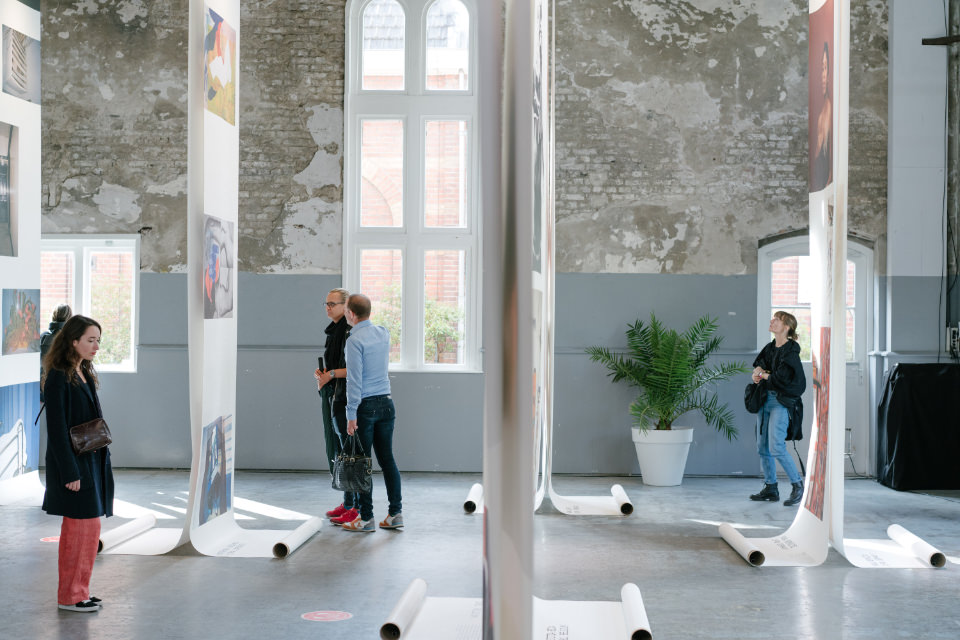
I think artists should possess the gaze of an explorer of society. Many environmental themes and works dealing with political issues were seen even in the New Cosmos of Photography entries. A great many artists today in places like Latin America, Australia, and the Netherlands are delving deep into social issues and incorporating reports and materials in their productions.
Another similarity I noticed was a lot of works where the artist seemed to have wanted to create a work using digital technology but didn't get the most from digital tools, because the artist didn't have enough access or knowledge of them. Even in Europe, almost no young photographers are really familiar with cutting-edge software or high tech like AI. Naturally, among established photographers, there are those who take full advantage of these technologies, but acquiring these skills requires time and, of course, money. It is not an easy thing for the young generation.
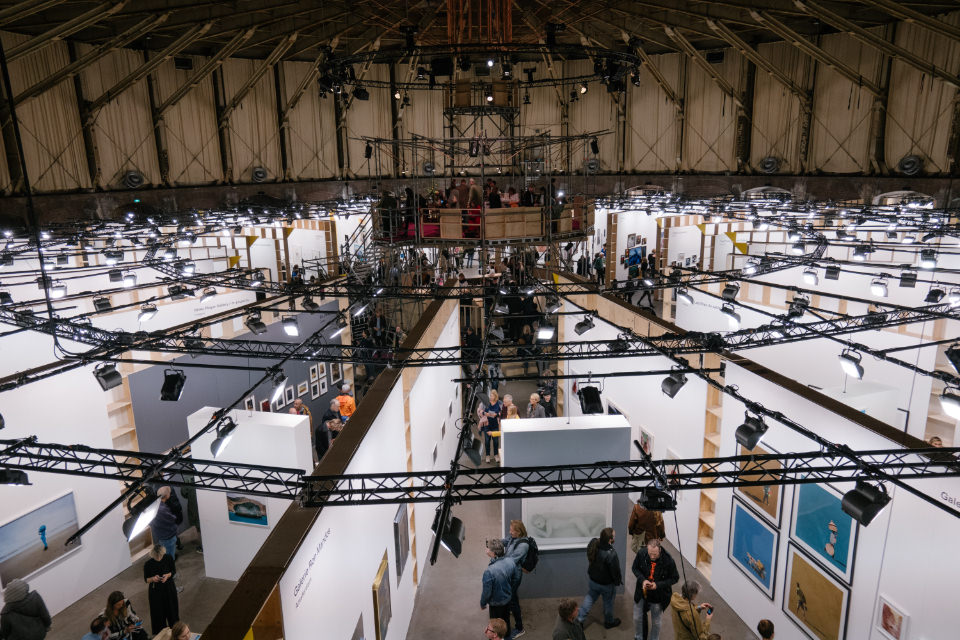
© EMILIA VAN LYNDEN
Looking at just the works we deal with, the shift from analog is virtually complete, and I feel we are in a totally digital age. What's interesting, however, is that some young artists are consciously attempting to turn back to analog in the face of this digital mainstream. Maybe they are trying to return to analog because they can't express themselves in digital. Or maybe they have a romantic attachment to the process of working in a darkroom and using different chemicals to create their work chemically. Anyway, you are starting to see this analog-regression phenomenon surface.
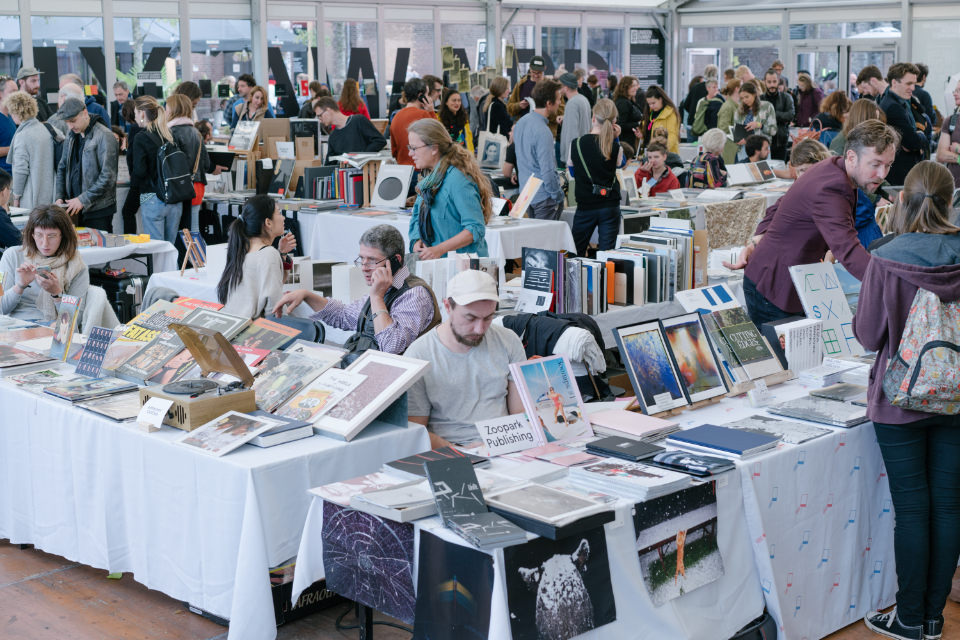
© EMILIA VAN LYNDEN
Today, anyone can take photos all the time because of the spread of smartphones with cameras. A huge dilemma for contemporary artists is how to differentiate themselves from the mass of ordinary photos. I think they need to challenge the viewer in order to get the viewer to understand their story.
You could say the documentary photos of yesteryear captured what the photographer saw as it really was. The stories had to be immediately obvious as soon as you looked at the photos. This aspect of storytelling has changed somewhat. Even documentary photos today are more creative or more conceptual in their approach. Artists have come out that produce work that demands the viewer to work at understanding the story. They do this by allowing you to see some hints in the work but avoiding presenting the story in a direct or straightforward way.
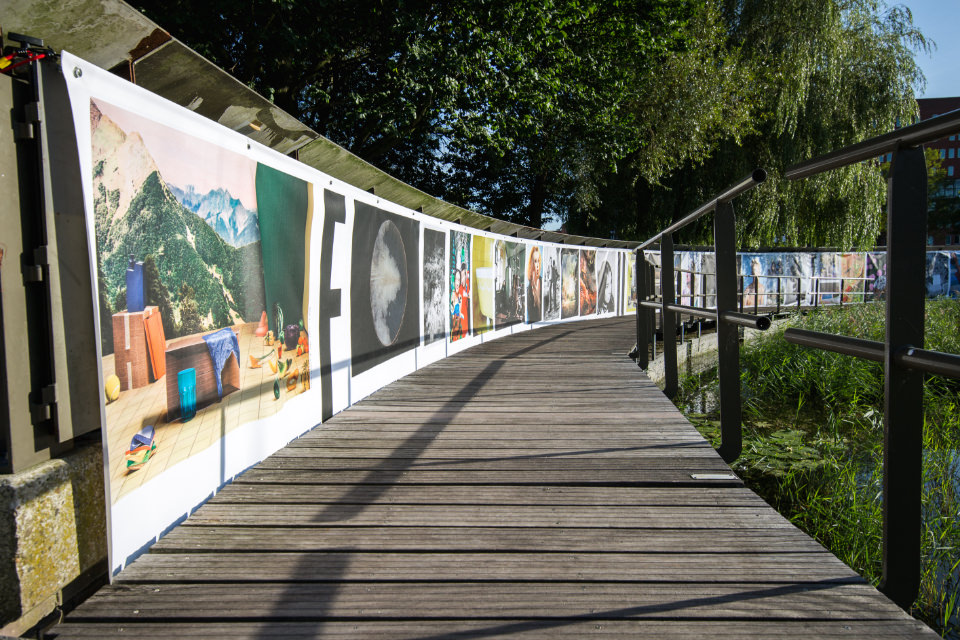
© EMILIA VAN LYNDEN
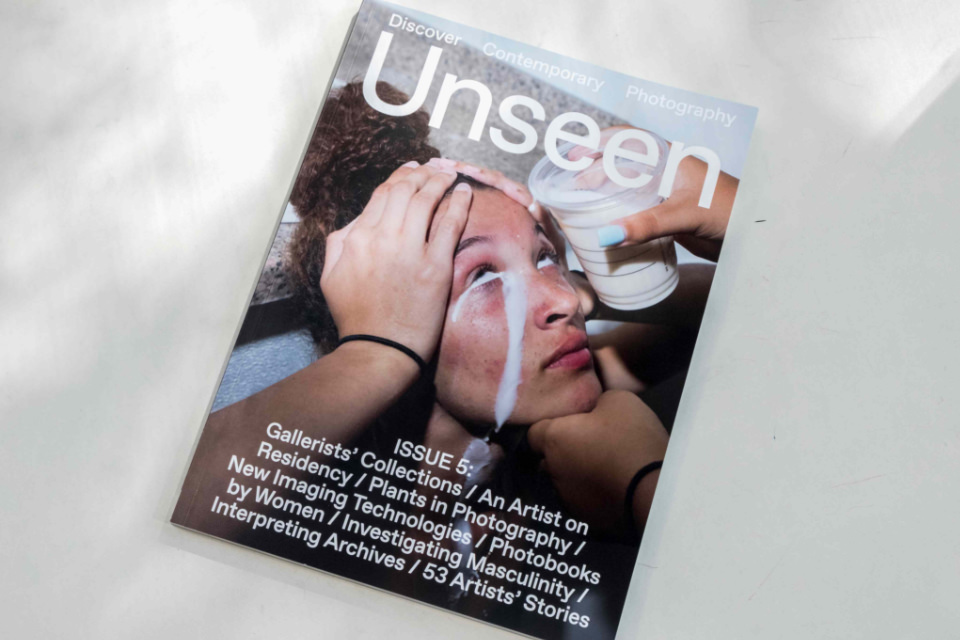
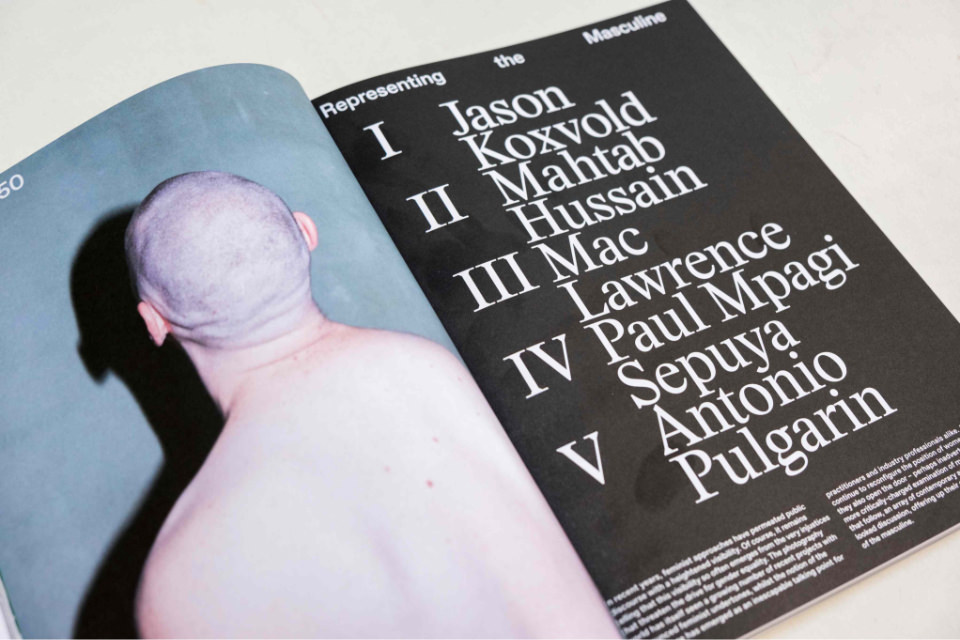
Photo works need a firm context, precisely because of the extreme transformations going on today. I think magazines offer a depth that you only find in paper media. Online, we use techniques like shortening the text and presenting works with video and audio, but in paper media, we can present photos with their complete depth of meaning. This is possible only because it is a physically materialized medium. Many people say photo magazines are not profitable and their circulations are shrinking, but I think there is value in continuing them. That's because you can take a magazine in your hands and settle down and read it, and thereby truly understand the themes and personal stories presented in the works. That's why I think both online and paper media are necessary.
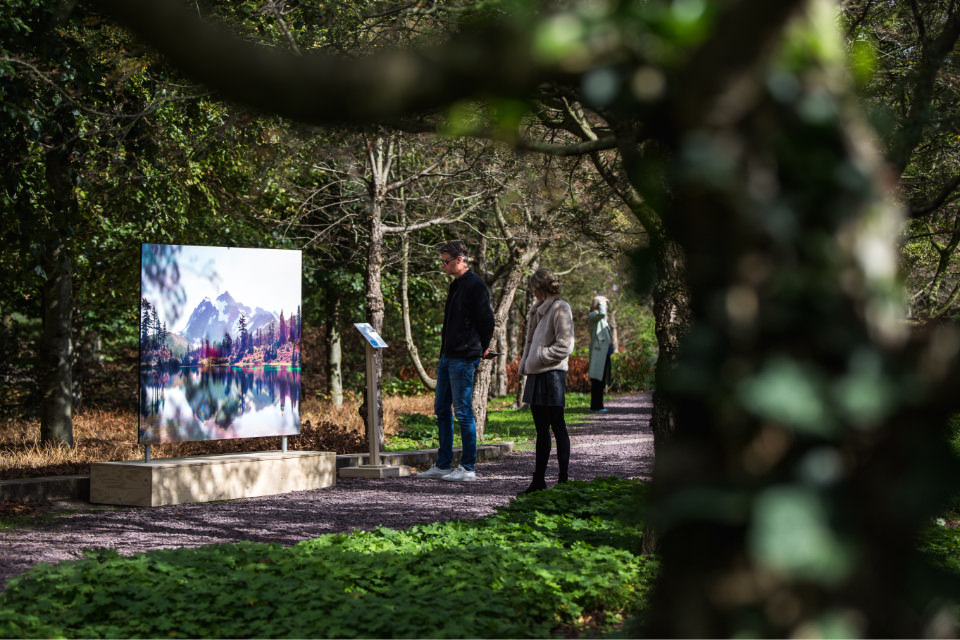
© EMILIA VAN LYNDEN

© EMILIA VAN LYNDEN
Emilia van Lynden is the Artistic Director of Unseen, the leading platform for contemporary photography. Exclusively focusing on what's new in the world of photography, Unseen provides a channel for up-and-coming talent to showcase their work, as well as presenting the newest work by established artists. Unseen is an all year round platform with physical events throughout the year and with the main event, Unseen Amsterdam, returning for its seventh edition in September 2018. Additionally she is also Editor-in-Chief of the annual publication, Unseen Magazine founded in 2014. She put effort into finding artistic talent and commits to supporting young artists.